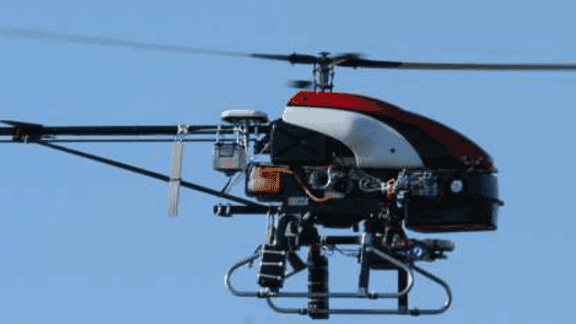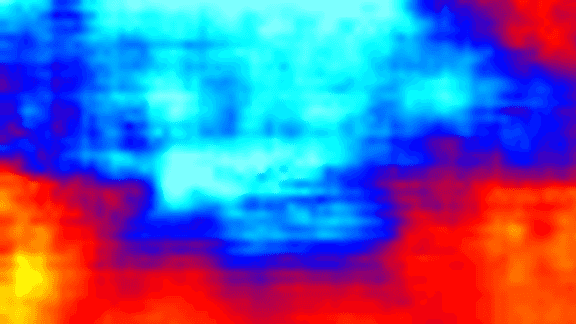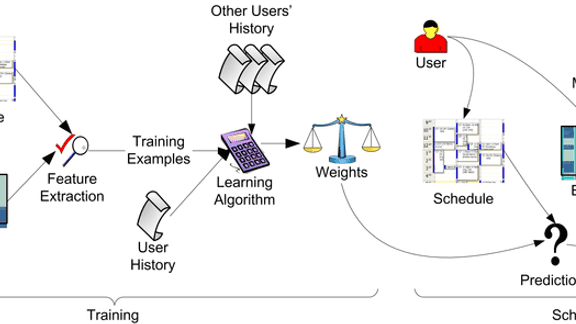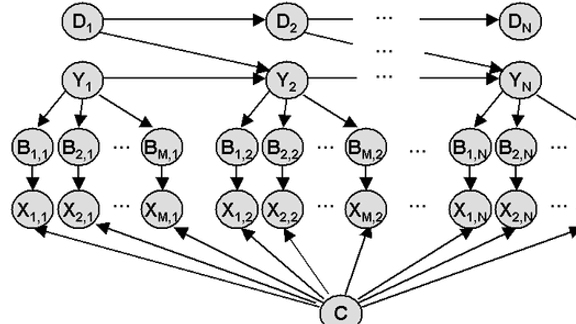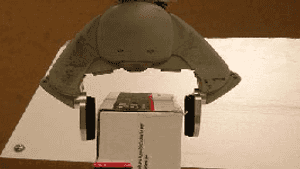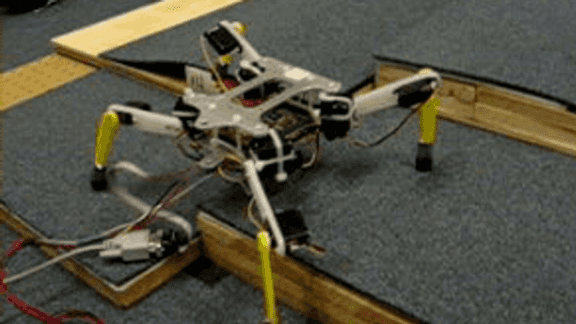
Fast Gaussian Process Regression using KD-trees
The computation required for Gaussian process regression with n training examples is about O(n3) during training and O(n) for each prediction. This makes Gaussian process regression too slow for large datasets. In this paper, we present a fast approximation method, based on kd-trees, that significantly reduces both the prediction and the training times of Gaussian […]
